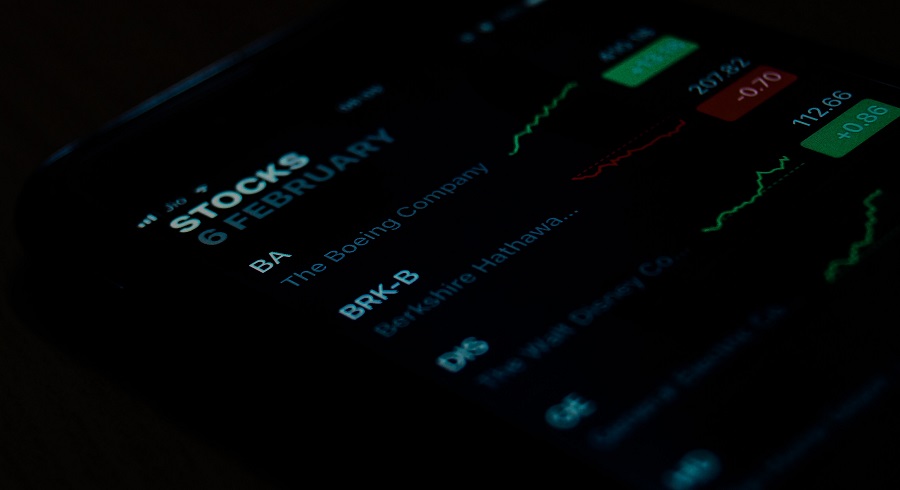
As fees have come down, investors have poured billions of dollars into exchange traded funds (ETFs) in recent years. Passive investing is now a massive and powerful driver of change in the asset management industry.
Not only has this led to incredible growth in the number of funds on offer to investors, but the increase in competition has helped force fees down. Canadian investors can now hold a fund that tracks the TSX 100 for as little as 0.06% - equivalent of 60 cents for every $1,000 invested.
It's no surprise then that in Canada, passive funds have attracted flows at a faster pace than active funds, even in the recent pandemic.
Does that mean you should always choose a passive fund? No. There is a time and place in an investment portfolio for active fund managers to shine, but passive funds can be an effective way to generate returns while keeping costs down. Here we look at when you should use one:
Efficient Markets
The underlying theoretical justification (stay with us) of passve investing is that financial markets are supposed to be efficient, i.e. they incorporate any new publicly available information very quickly into prices. That should mean it is almost impossible to find an informational edge to take advantage of to beat the market.
The reality is that a large number of fund managers lag behind their benchmark. In fact, this theory suggests that any fund manager that does consistenly beat his benchmark is simply lucky.
Of course, the long-term record of investors such as Warren Buffett suggest otherwise, but there are certain markets, which are incredibly broad and efficient, such as the U.S. stock market, and where active managers consistently struggle to outperform. It is areas like these where passive investing may be the better choice.
Low Cost Investing
Passive investing enables you to go to places where it is either difficult to find consistently outperforming and low-cost active offerings (say, in U.S. equities for instance) and also to go to places where it’s very difficult to basically find any decent actively managed fund overall.
Passives can be a great solution to find low-cost investing solutions that might just fit the bill for investors who want enough flexibility to allocate their funds to a very wide array of markets or strategies.
Imagine you want to invest in Korean equities, for example, because you think the valuation of the asset class is attractive and will provide a decent risk-adjusted return in the future.
If you look for actively managed funds, you will find only one that has a positive Morningstar analyst rating (JPM Korea Equity) but has an ongoing charge of 1.81% and has delivered annualised returns of 6.4% over 10 years. Meanwhile, the iShares MSCI Korea ETF (CSKR) tracks the the MSCI Korea 20/35 Index for just 0.65% and has delivered annualised returns of 7.9% over 10 years.
Strategic Beta
If you're interested in investing in specific themes, such as artifical intelligence or companies looking for a treatment for the coronavirus, you can usually find an ETF to specifically tap into the trend. Rather than searching for individual stocks, these funds offer exposure to specific themes or industries.
Of course, thematic investing is not absent of other risks. Such niche offerings can be fad-driven and therefore have a short shelf life, and few themes will beat a broader global equity exposure.But for those aware of those risks and willing to accept them, thematic passive investing might be a solution.
Key Risks
As with any type of investment, passive funds are not without risk. And since ETFs are very easy to trade (you can buy and sell at any point in the day like any other stock), they come with the risk of an investor trying to time the market, or of encouraging investors to base their investment decision purely on cost. Remember that trying to time the market is the best way to lose money. When investing, you must have a plan and stick to it.
And if you're thinking that ETFs are the easy option, think again. Going passive doesn’t mean you do nothing; you must still do your research, find the best funds for your needs and work out how much of your portfolio to invest in them in order to reach your financial goals while catering for your risk tolerance.
Passive investing may look like an easier way to invest for the long run and reach your financial goals, and that’s probably true. But it might make more sense to take a more holistic approach and consider both active and passive investing, always be mindful about costs and have a good understanding of where you will put your money. And, if in doubt, seek financial advice.
Thinking About Investing in a Theme?
Explore the Latest Global Thematic Fund Landscape Report Here




















